In this ongoing series, Apollo previews a range of international exhibitions, asking curators to reveal their personal highlights and curatorial impulses. Kate Heard is Senior Curator of Prints and Drawings at Royal Collection Trust, and curator of ‘High Spirits: The Comic Art of Thomas Rowlandson’ at The Queen’s Gallery, Palace of Holyroodhouse.
Can you tell us a bit about the exhibition?
The exhibition will explore the life and art of Thomas Rowlandson (1757–1827), one of the wittiest and most popular caricaturists of Georgian Britain, and the perhaps surprising popularity of his work with the Prince Regent, and with Queen Victoria and Prince Albert. The absurdities of fashion, the perils of love, political machinations and royal intrigue were all the subjects of his art.
What makes this a distinctive show?
Many of the works were collected in the 18th and 19th centuries by members of the royal family, so we can see, for example, the reaction of George IV to contemporary caricature. The works are wonderfully bright and colourful – they have been stored in portfolios and albums since they were acquired and retain the vivid colours which their original purchasers would have seen.
How did you come to curate this exhibition?
There is an excellent group of works by Rowlandson in the Royal Collection and it is a wonderful opportunity to show some of the highlights from this in an exhibition which focuses on the artist and his world. I have a particular interest in print collecting, and the relationship of members of the Georgian royal family with the print market, so I was delighted to be able to work on this project.
What is likely to be the highlight of the exhibition?
We are including a wonderful folding scrap screen, which has been pasted with satirical prints. It dates from the very early 19th century and has been specially conserved for the exhibition. Satirical prints were meant to be pasted into albums and onto walls and screens, rather than mounted and framed. It is fabulous to be able to explore one way that contemporaries used and viewed them.
And what’s been the most exciting personal discovery for you?
It has been a wonderful surprise to discover how many of the satires were collected in the reign of Queen Victoria, when the Royal Library was actively acquiring Georgian satirical prints. It’s exciting to find evidence that challenges the stereotype of the Victorian age as one which was not easily amused, and to see how Rowlandson’s popularity justifiably lasted through the 19th century.
What’s the greatest challenge you’ve faced in preparing this exhibition?
There are over a thousand works by Rowlandson in the Royal Collection – the biggest challenge was undoubtedly narrowing down the selection to the 93 highlights which we are putting on display.
How are you using the gallery space? What challenges will the hang/installation pose?
The installation is an easy one from a logistical point of view, as the majority of works are mounted and framed. We’ve decided to follow a roughly chronological approach for the political satires, which tell their stories rather like a modern cartoon strip.
Which other works would you have liked to have included?
There is a wonderful satire in the exhibition called A Touch on the Times, which is a criticism of the Prince of Wales’s attempts to be made regent in 1788. This reacts to an earlier satire called The Times, which Rowlandson made in support of the Prince’s claim. Unfortunately, the Royal Collection doesn’t include an impression of the earlier satire, so we can’t display them both together.
‘High Spirits: The Comic Art of Thomas Rowlandson’ is at The Queen’s Gallery, Palace of Holyroodhouse, Edinburgh, from 22 November 2013–2 March 2014.
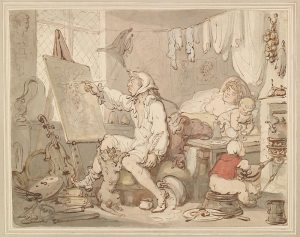
The Chamber of Genius (1805), Thomas Rowlandson Royal Collection Trust/© Her Majesty Queen Elizabeth II 2013
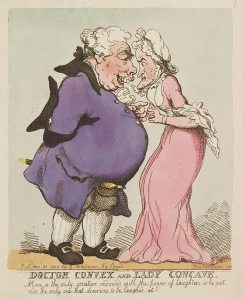
Doctor Convex and Lady Concave (1802), Thomas Rowlandson Royal Collection Trust/© Her Majesty Queen Elizabeth II 2013
Unlimited access from just $16 every 3 months
Subscribe to get unlimited and exclusive access to the top art stories, interviews and exhibition reviews.

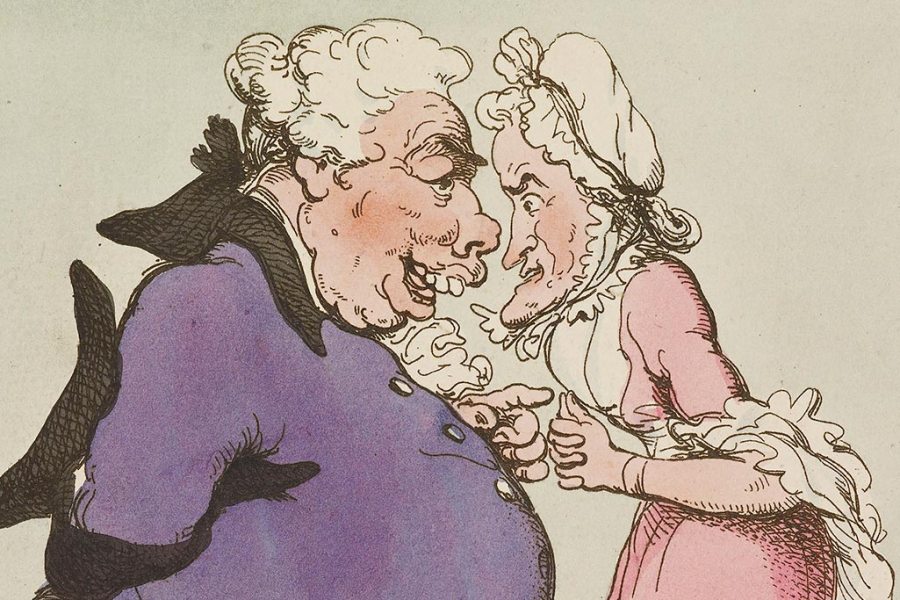
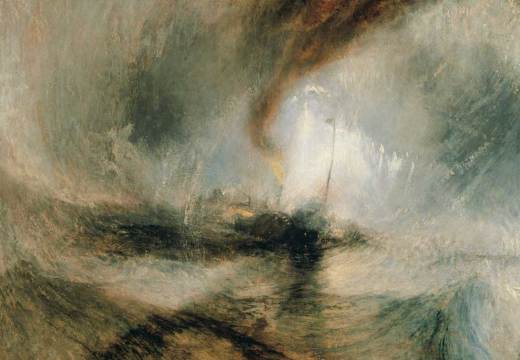
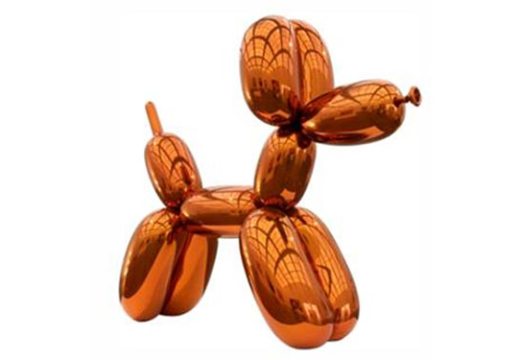
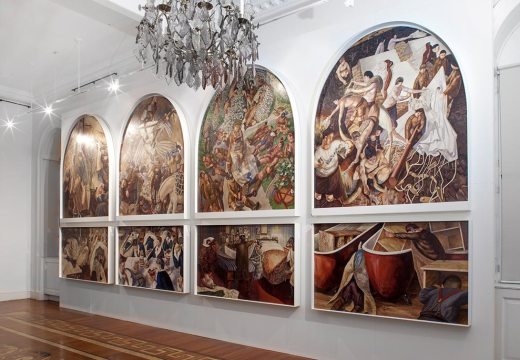









![Masterpiece [Re]discovery 2022. Photo: Ben Fisher Photography, courtesy of Masterpiece London](http://www.apollo-magazine.com/wp-content/uploads/2022/07/MPL2022_4263.jpg)
It’s time for the government of London to return to its rightful home